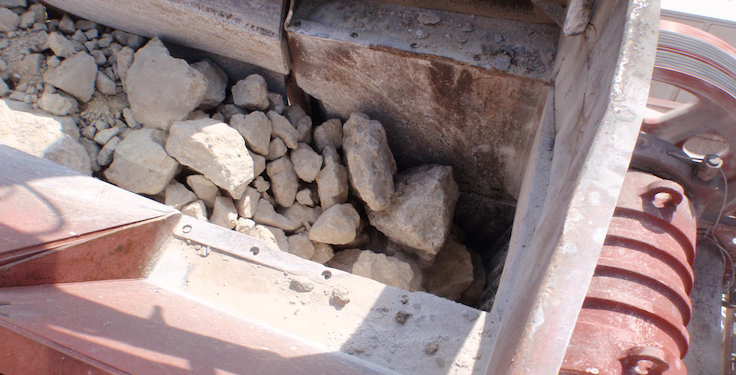
Plant optimization is an ongoing process that is part of the circuit. It is not simply a task to be performed.
Operators must have a system in place to achieve the lowest cost per ton. The system is the process of measurement and adjustment – how operators look at their process, how they make adjustments, how they measure – and that system needs to be consistent.
To begin the plant optimization process, operators should follow three key steps.
1. Assess the capabilities of the circuit
Establish the design capacity of every piece of equipment within the complete circuit by first gathering the production capacities as rated by manufacturers.
Consider the external factors that can affect the capacity of the equipment, such as material hardness, shape, moisture content and gradation. Identify the design limitations or bottlenecks that will decrease capacity.
Operators should perform a physical assessment of each component to identify actual capabilities. Crusher performance assessments should be conducted for a variety of reasons, including to:
• Confirm that crushers are operating at a choke level
• Take belt cuts of the feed and discharge from crushers
• Record crusher closed-side settings
• Record crusher power draw
• Check conveyor belt speeds
• Identify the condition of crusher liners at the time of sampling
• Identify the percent passing the crusher closed-side setting
• Identify the amount of recirculating load coming back to crushers if operating in a closed circuit
Additionally, output gradations are important. Operators should conduct an assessment of crusher conveyor belt cuts to determine:
• The actual crusher throughput (short tons per hour)
• The ratio of reduction (F80 divided by P80)
• The percent passing crusher closed-side settings
• The product shape being produced by crushers
Also, don’t neglect an assessment of screens. Screens are the cashbox of plants. While crushers produce a gradation, screens produce the product for the specification. Ineffective screening of the crusher feed will have a detrimental effect on crusher operation in terms of wasted horsepower, lower reduction ratio and increased wear.
Operators should do a number of things to assess screen performance:
• Take a belt cut of the screen feed conveyor belt
• Take screen deck discharge belt cuts
• Check conveyor belt speeds (feet per minute)
• Measure bed depth at the discharge tip of each screen deck
• Check and record screen speed, stroke and angle
• Make sure snubbers are properly set and aligned
2. Forecast production needs
Once the circuit capabilities are established through the assessment process, it is critical to set a production schedule.











